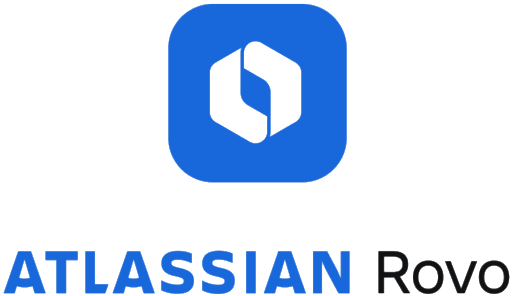The Product Owner’s Guide to AI Features—Balancing Innovation with Value Delivery
AI is changing the game. But it doesn’t rewrite the rules of product leadership. The opportunity lies in choosing where intelligence creates measurable impact on experience, efficiency, and outcomes.
Product owners today are responsible not just for what gets built, but for why and how. That includes shaping conversations around AI features with purpose, grounding each decision in value, and speaking in terms that resonate from sprint planning to the executive level.
Anchor AI in Outcomes, Not Novelty
The most effective AI features start with value. These two principles help you filter hype from opportunity.
Value Earns Priority
AI should serve the product’s purpose. When evaluating potential features, the most important question remains: What outcome are we enabling? Whether it’s reducing friction, increasing precision, or unlocking personalization at scale, AI belongs when it clearly contributes to business and user value.
Start with what users actually need. Then assess whether AI is the most effective approach to meet that need. Smart recommendations, automated steps, and adaptive content are all strong candidates. The most valuable AI features often feel like natural extensions of a well-designed product. Not flashy, but quietly effective.
Simpler Ideas Can Scale
Effective AI doesn’t always mean advanced. A single well-targeted automation can save hours of user time and scale value across thousands of interactions. Features like smart autofill, behavior-based nudges, or next-action guidance often outperform more complex implementations. Focus on usability and repeatability, not novelty.
Connect the Dots Between Systems, Teams, and Goals
AI features depend on more than code. They require system thinking and team alignment to reach full potential.
AI Features Don’t Stand Alone
AI depends on structured data, consistent flows, and ongoing learning. That means success requires more than a good idea. It demands cross-functional alignment and a clear understanding of how each feature fits into the broader product system.
Product owners play a key role in connecting engineering, data, and design functions. You don’t just approve features. You orchestrate feasibility. That includes knowing what data is available, how models will evolve over time, and what technical or ethical constraints may apply.
Fit Features Into a Larger System
AI features perform better when they are part of an adaptive, connected experience. Look for opportunities to create feedback loops where the system learns and improves. Prioritize features that scale across use cases, expand system intelligence, or lay the groundwork for future automation.
Lead Conversations—Up, Down, and Across
Great product owners manage more than the roadmap. They guide conversations with stakeholders and delivery teams alike.
Translate Business Strategy Into Execution
It’s common for stakeholders to request “something with AI” without clarity on what that entails. Product owners are uniquely positioned to turn ambiguity into action. Anchor conversations around outcomes. Clarify the benefit. Focus on the impact.
Frame AI initiatives in terms of cost reduction, time savings, engagement, or strategic differentiation. Then work with delivery teams to translate those goals into manageable iterations. Being fluent in both business and technical priorities makes you a linchpin, able to ensure every AI investment has a purpose and a path to value.
Career Growth Through Language Alignment
For team-level product owners, fluency in enterprise language creates career momentum. By connecting user stories to strategic value, you position yourself as someone who can operate at scale. AI provides an opportunity to stretch beyond backlog grooming and into product strategy by asking better questions, championing responsible design, and guiding features that align with future-state operations.
Build Features That Scale With the Business
The best AI features adapt, evolve, and expand over time.
Prioritize Expandable Intelligence
Not every AI idea deserves a place on the roadmap. Look for features that extend value over time. Think systems that get smarter with use, experiences that adapt based on behavior, and automations that free up time across teams or functions.
Examples include:
- Behavioral recommendations that improve with more interactions
- Automation of repetitive tasks like classification or routing
- Dynamic personalization that adjusts based on contextual data
These improve user experience while preparing your product to scale as your operating model becomes more fluid, more responsive, and more intelligent.
Design With Trust at the Core
Product value depends on user confidence. Trust must be embedded into every intelligent feature.
Responsible Design Is Product Excellence
Trust is essential for adoption. Regardless of performance, users need to understand what the system is doing and why. Transparency, fairness, and control should be baked into your feature design from the beginning.
Be clear about how the AI makes decisions. Give users appropriate visibility and options for control. Ensure the feature complies with privacy regulations and ethical expectations. Trust doesn’t just protect your product, it elevates it.
Position AI Workstreams as Strategic Progress
Whether you’re optimizing autofill or embedding real-time prediction, AI workstreams now shape how product teams contribute to enterprise evolution. The real challenge is building AI features that activate intelligence in ways that create lasting value.
Product owners are essential to that shift. You have the context, the access, and the influence to decide what gets prioritized and how it gets done. And in doing so, you have the opportunity to shape more than just a product. You can shape how intelligence flows through the business.



